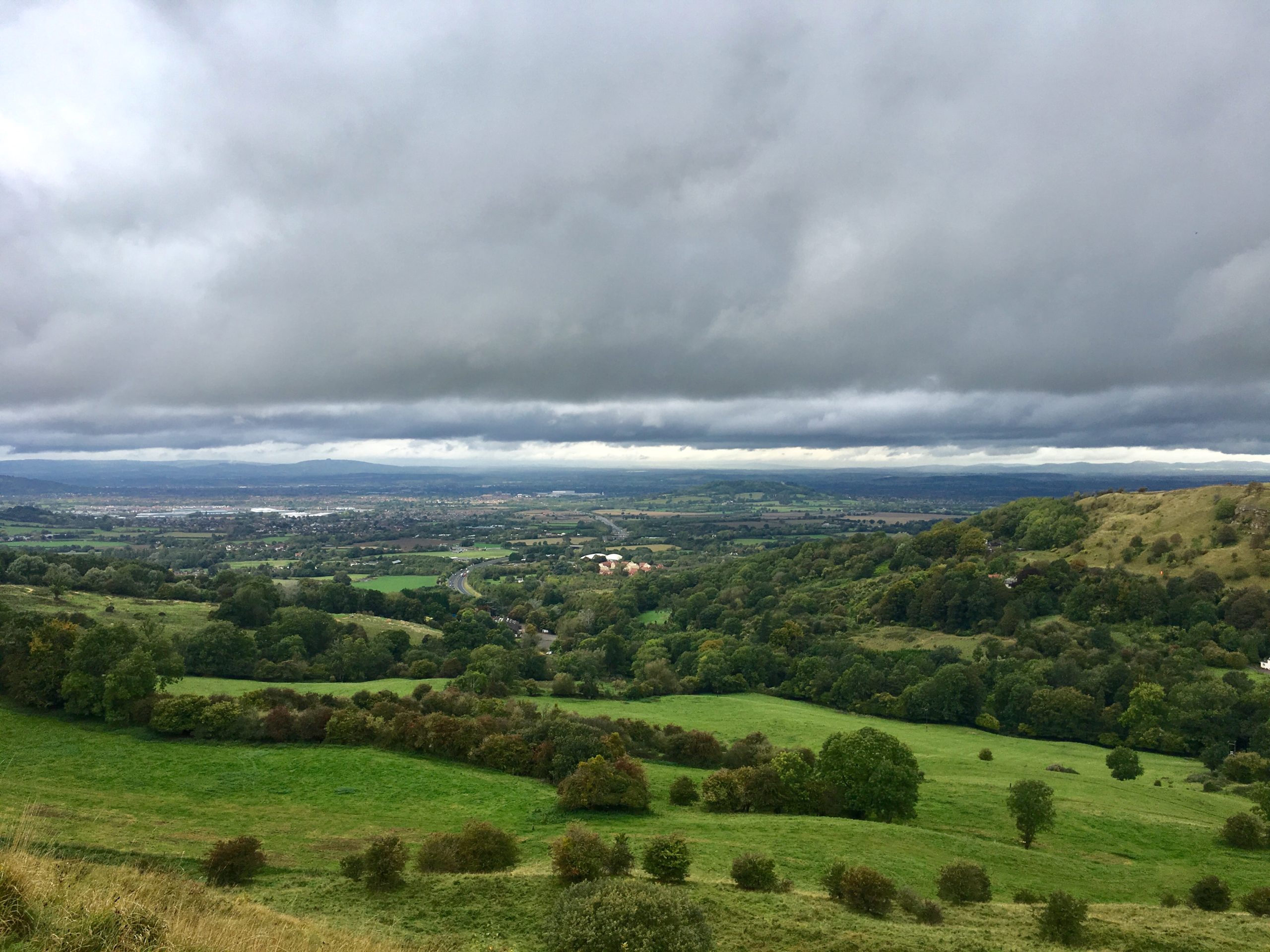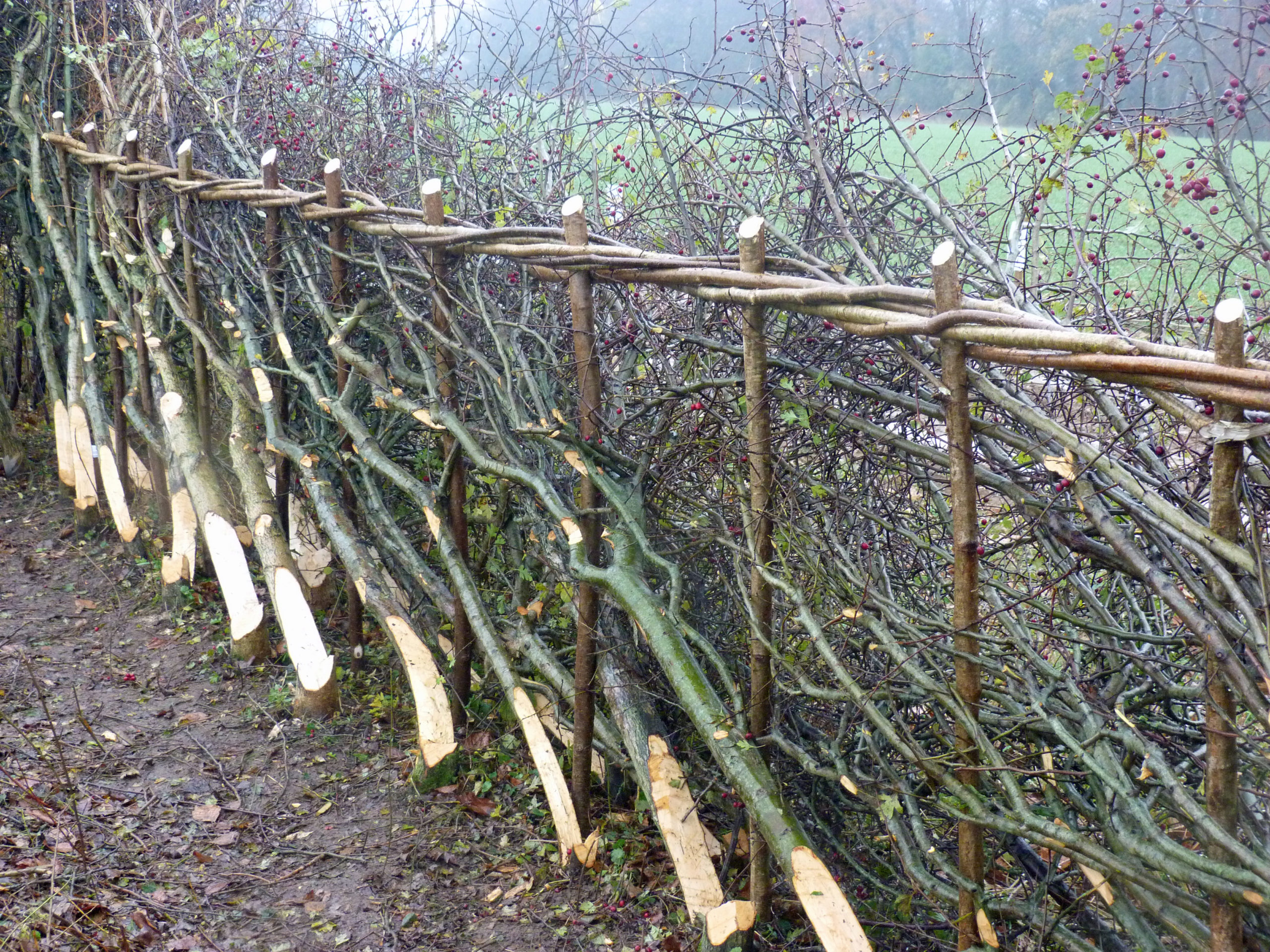
Following Highways England’s six week public consultation period which closed on 8th November, the Cotswolds Conservation Board has submitted a detailed response which actively supports the need for improvements to this busy and problematic stretch of road; but which also urges Highways England to continue to work with the Board on its recommendations, which could further improve the proposed works – so that any new route would be as originally conceived: a truly ‘landscape-led’ design which would benefit road users and further reduce the adverse effects – and increase the beneficial effects – on wildlife and the local landscape.
As the entire stretch of proposed new route lies within the boundaries of the Cotswolds Area of Outstanding Natural Beauty (AONB), the Conservation Board is working with Highways England and other conservation bodies to ensure that proposed improvements to the A417 Missing Link are genuinely ‘landscape-led’.
In its consultation response, the Board has worked to identify and highlight priority recommendations for Highways England as follows:
- That Highways England should conduct a comprehensive and quantitative assessment of the overall balance of adverse and beneficial effects for the Cotswolds AONB.
- That it should give further consideration to the potential benefits and viability of a ‘cut-and-cover’ ‘tunnel’ option, instead of the 25 metre deep and 1 kilometre long open cutting with a green bridge which is currently proposed.Calculations made by the Board show the cut-and-cover option would be overall at a comparative cost of the current proposal, but with the addition of many more benefits for the environment – including creating a greater habitat area for wildlife; reduced noise, air, and light pollution; retained woodland; a reduction in the area of land affected by a new scheme; increased tranquillity; an enhanced experience of walking the Cotswold Way National Trail; and a significant reduction in excavated and relocated material.
- Give further consideration to alternatives to relocating excavated material from the proposed new route to the head of the Upper Churn Valley at Shab Hill Junction, and to the adverse effects of excavating and disposing of large volumes of excavated materials on site.Current proposals could potentially involve a quantity of excavated material the equivalent of 10 times the volume of St. Paul’s Cathedral. Current plans include relocating a proportion of this to the proposed Shab Hill junction – which is currently an area of precious calcareous grassland – an important priority habitat for a number of plant and wildlife species. The Board’s alternative suggestions would significantly reduce the volume of excavated material and the volume of material that needs to be disposed of elsewhere, therefore lessening the impact on the surrounding landscape.
The Board fully appreciates the restrictions placed on Highways England in relation to the scheme’s budget. Its suggested recommendations have been made with the aim of them being implemented at overall comparative costs. The Board remains committed to continuing to work closely and constructively with Highways England to achieve the jointly agreed landscape-led vision, design principles, and objectives for any solution – which were agreed with Highways England in 2017.
The recent issues Landscapes Review of National Parks and AONBs, which was commissioned by government, and its recognition of the Cotswolds as a potential National Park reinforces the need for a highly sensitive and genuine landscape-led solution for the A417.
Liz Eyre, Chairman of the Cotswolds Conservation Board, said, “We’re pleased to be working with Highways England. The need for this stretch of road to be improved is undeniable. Addressing the safety of the road, along with delays, traffic flow, and congestion is important for our region. As an organisation whose statutory duty is to conserve and enhance the natural beauty of the Cotswolds, we have responded to the proposed A417 Missing Link plans responsibly making a number of costed and considered recommendations which could deliver a number of significant further improvements, ensuring even more that the scheme is truly as far as possible landscape-led.
These improvements would limit the adverse effect on our beautiful and internationally-recognised landscape, at the same time as offering genuine benefits for all those affected by the proposed new route. We hope that Highways England will give full consideration to these recommendations, and continue an open dialogue with us and other local conservation organisations in order to deliver a solution that works well for everyone, and for decades to come.”
ENDS
Notes to editors:
- The Conservation Board’s full response, including supporting evidence, can be viewed online here: https://www.cotswolds-nl.org.uk/wp-content/uploads/2019/11/CCB-RESPONSE-TO-A417-MISSING-LINK-CONSULTATION-8-NOV-2019.pdf
- Highways England’s A417 Missing Link information can be found at: https://highwaysengland.co.uk/projects/a417-missing-link/
- Please contact Alana Hopkins at alana.hopkins@cotswolds-nl.org.uk / 01451 862 003 for further information or interview opportunities.
- The Glover Landscapes Review can be viewed here: https://assets.publishing.service.gov.uk/government/uploads/system/uploads/attachment_data/file/833163/landscapes-review-final-report.pdf References to the Cotswolds as a candidate for a new National Park can be found in Chapter 4: More Special Places (pages 117 – 123)
- The Cotswolds was designated an Area of Outstanding Natural Beauty (AONB) in 1966 in recognition of its rich, diverse and high quality landscape. www.cotswolds-nl.org.uk
- The Cotswolds AONB is looked after by the Cotswolds Conservation Board – an independent organisation established in 2004 which has 37 members – 15 nominated by local authorities, 8 by parish councils and 14 appointed by the Secretary of State.
- The Cotswolds is the third largest protected landscape in England after the Lake District and Yorkshire Dales National Parks and represents 10% of the total AONB area in the UK. It covers 2,038 square kilometres (790 square miles), stretching from Warwickshire and Worcestershire in the north, through Gloucestershire and Oxfordshire, down to Bath and Wiltshire in the south.
- The land management position statements are for use by local authorities, government agencies, land agents, advisers, land managers, farmers and the public. They, along with the planning and transport position statements are available on the Cotswolds Conservation Board’s website.
- Areas of Outstanding Natural Beauty (AONB), along with National Parks, are considered to be the most special landscapes in the country and belong to an international family of protected areas. There are 38 AONBs in England and Wales, and a further eight in Northern Ireland. For further details, visit: www.landscapesforlife.org.uk. For details of the 15 National Parks in England and Wales visit: www.nationalparks.gov.uk

